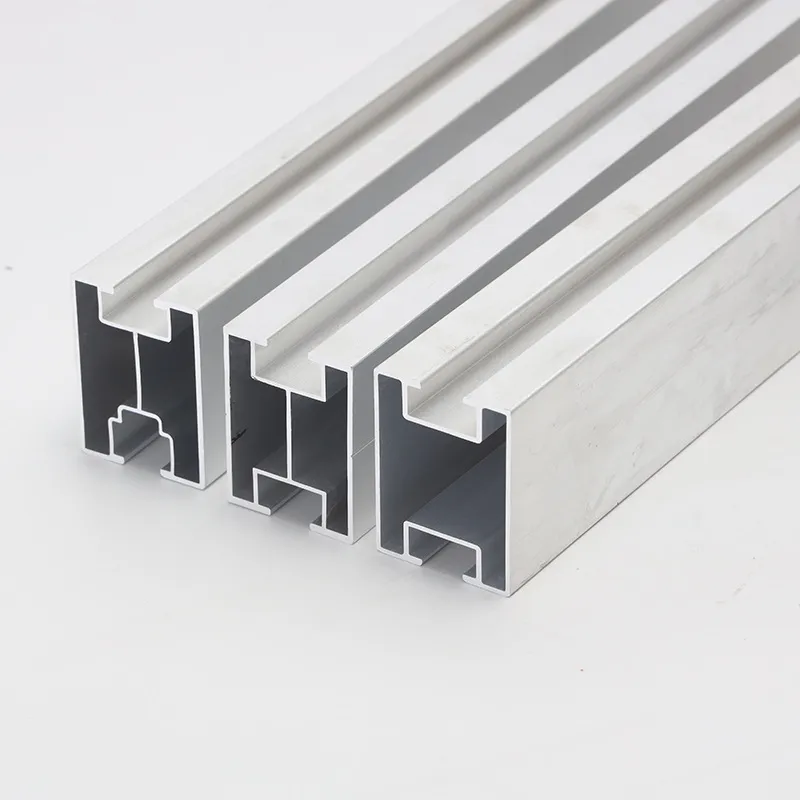

a flat washer
Dec . 04, 2024 16:56 Back to list
a flat washer
Understanding Flat Washers An Essential Component in Fastening
Flat washers are ubiquitous yet often overlooked components in various mechanical, construction, and engineering applications. These simple yet effective circular disks, typically made of metal or plastic, serve multiple purposes that enhance the performance and longevity of assembled products. In this article, we will explore the various functions, types, and material considerations regarding flat washers, highlighting their importance in everyday use.
What is a Flat Washer?
A flat washer is a small, flat, circular piece, usually with a hole in the middle. It is used in conjunction with bolts, screws, or other fasteners. The primary purpose of a flat washer is to distribute the load of the fastener over a larger surface area. This protects the material underneath from damage and prevents the fastener from loosening due to vibration or shifting.
Functions of Flat Washers
1. Load Distribution One of the most critical functions of a flat washer is to spread the load applied by a fastener uniformly over the surface of the material it is securing. This distribution prevents damage to the surface and ensures a more stable assembly, making it an essential component in applications ranging from home repairs to complex machinery.
2. Prevention of Damage Flat washers help protect surfaces from the wear and tear that can occur due to the tightening of screws or bolts. Without a washer, the sharp edges of the fastener could gouge or compress the surface, leading to potential failures.
3. Vibration Damping In mechanical systems, vibrations can cause fasteners to loosen over time. Flat washers, especially those made from materials with elastic properties, can help absorb some of this vibration, thereby maintaining the integrity of the assembly.
4. Corrosion Resistance In applications where moisture or corrosive elements are present, flat washers can serve as barriers that protect the material beneath the fastener from rust and degradation.
5. Alignment Aid Flat washers can also assist in aligning components before fastening them permanently. This is particularly useful in situations where precision is crucial.
Types of Flat Washers
Flat washers come in a variety of shapes, sizes, and materials to suit different applications. Some common types include
a flat washer

- Standard Flat Washers These are the most commonly used type and come in various diameters and thicknesses.
- Fender Washers With a larger outer diameter, fender washers distribute loads over a larger area, providing more protection against damage from fasteners.
- Lock Washers Though not strictly flat washers, locking washers are designed to prevent loosening due to vibration and can be categorized with flat washers for their similar shapes.
- Plastic Washers These are used in applications where electrical insulation is required or in environments prone to corrosion.
Material Considerations
When selecting flat washers, the material is a crucial factor that influences the performance and durability of the washer. Common materials include
- Steel Carbon or stainless steel washers are popular due to their strength and resistance to deformity under load. Stainless steel offers additional corrosion resistance.
- Plastic Nylon or rubber washers are used in settings where moisture may be a concern or where electrical insulation is necessary.
- Aluminum Lightweight and resistant to corrosion, aluminum flat washers are often used in aerospace and automotive applications.
Conclusion
Flat washers may seem like a minor component, but their role in fastening systems is vital. By effectively distributing loads, preventing damage, absorbing vibrations, and providing corrosion resistance, they contribute significantly to the durability and reliability of mechanical assemblies. When selecting a flat washer for a specific application, it’s essential to consider factors such as size, material, and design to ensure optimal performance. As simple as they may appear, flat washers are an unsung hero in the world of engineering and construction, demonstrating that sometimes, the smallest details can make the biggest difference.
Latest news
-
High-Strength Hot Dip Galvanized Bolts - Hebei Longze | Corrosion Resistance, Customization
NewsJul.30,2025
-
Hot Dip Galvanized Bolts-Hebei Longze|Corrosion Resistance&High Strength
NewsJul.30,2025
-
High-Strength Hot-Dip Galvanized Bolts-Hebei Longze|Corrosion Resistance&High Strength
NewsJul.30,2025
-
Hot Dip Galvanized Bolts-Hebei Longze|Corrosion Resistance&High Strength
NewsJul.30,2025
-
Hot Dip Galvanized Bolts - Hebei Longze | Corrosion Resistance, High Strength
NewsJul.30,2025
-
High-Strength Hot Dip Galvanized Bolts-Hebei Longze|Corrosion Resistance, Grade 8.8
NewsJul.30,2025

